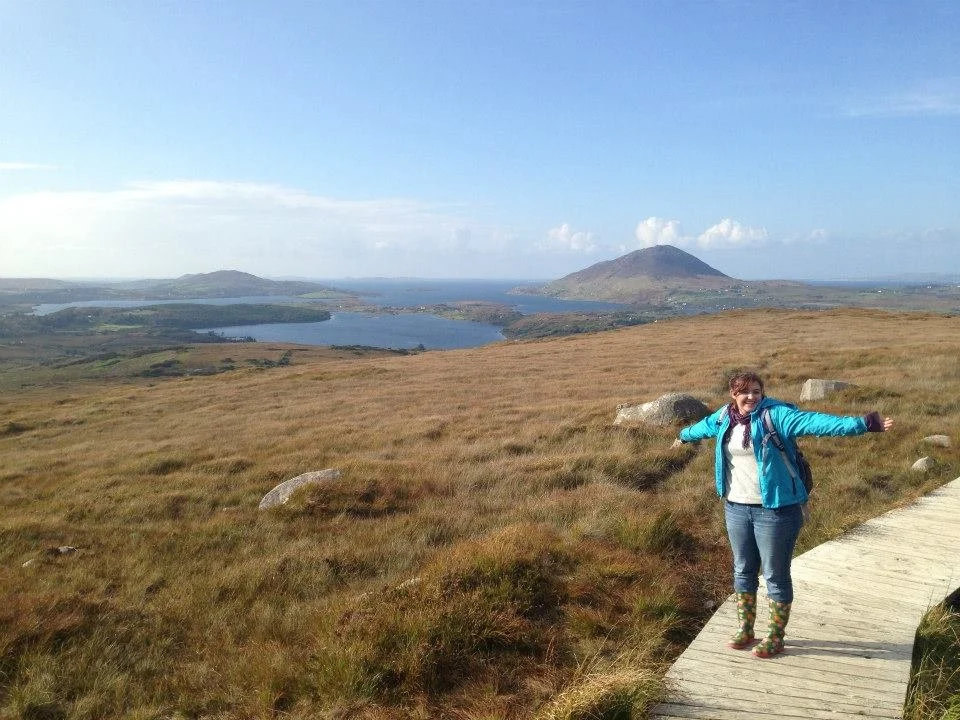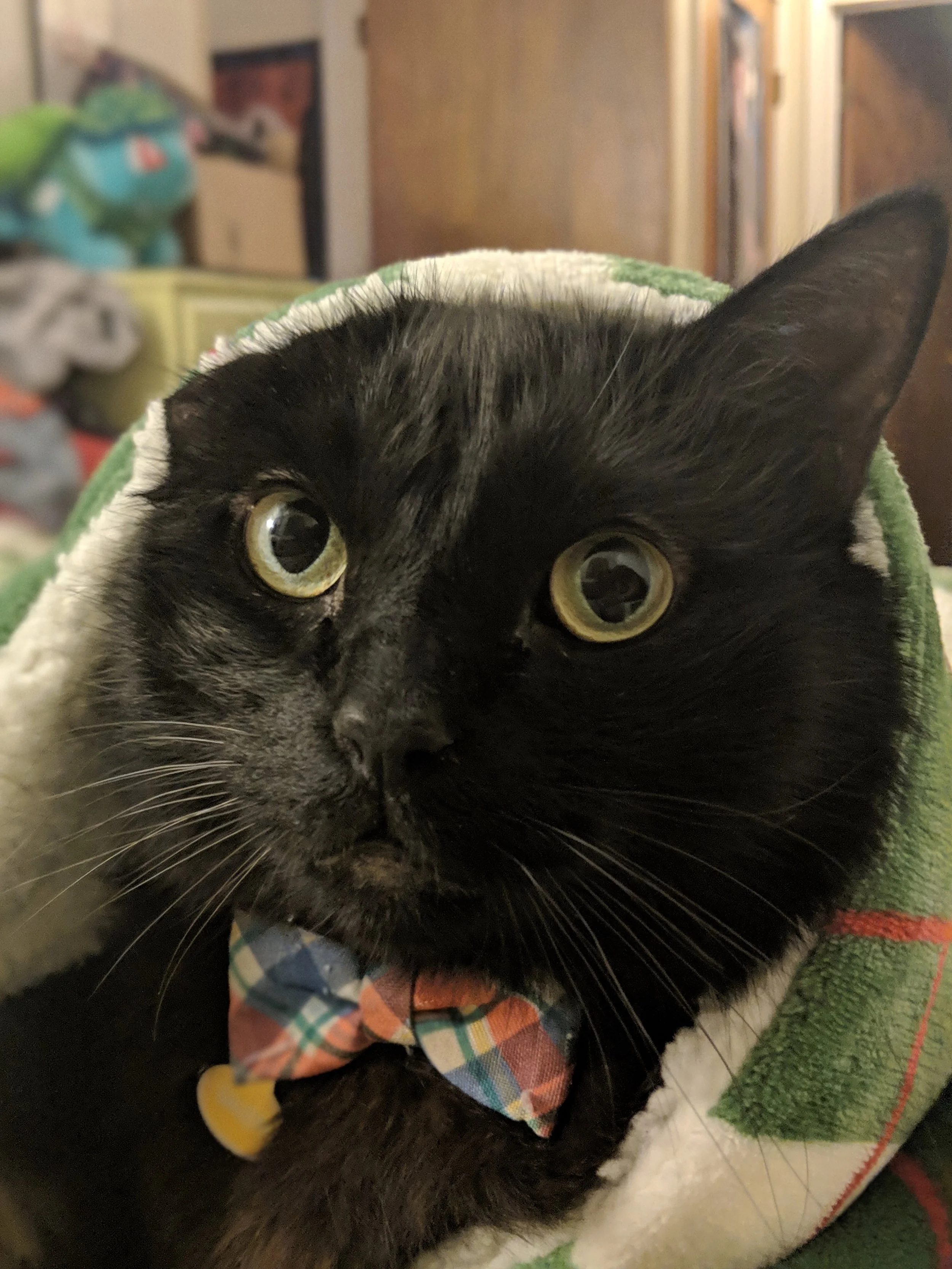
About Me
Raised in the crop field-dominated landscapes of Northwest Kansas, I grew up desperate to learn about tundras, oceans, and anywhere that had more than three trees. From an early age, my love of botany began to flourish and was further fueled by my love of stories. The Secret Garden by Frances Hodgson Burnett, Disney's animated Alice in Wonderland, and Weslandia by Paul Fleischman showed me plants have a special type of magic for those who stop and look.
In pursuit of this magic, I left the Great Plains behind to study plant sciences at Cornell University. My aspirations during my first semester centered on breeding plants better suited to thrive in rooftop garden conditions. I'd long been fascinated with how plants build a connection to nature, even in the densest of urban settings, and how they remind us of our role in the larger ecosystem. However, I soon realized this interest was better pursued outside a laboratory and switch majors to Landscape Architecture with a concentration in Plants and Society. I spent the next three and a half years learning to reconcile the art of design and technical science as a way of using plants to bring people together with a common purpose.
However, during my third year, I experienced another shift in my perspective. Like many of our projects, that semester we were tasked with creating solutions for a real-world situation. Then during our final review, community stakeholders provided critique alongside our professors. That morning, as I sat in our studio’s gallery space, I became mystified by the feedback from those community reviewers. “Why did you only use native plants? Those look like weeds that grow in the ditch. Why didn’t you choose something prettier?” “This benefits wildlife? So you are encouraging wild animals to come into our community?” They found flaws with any component that didn’t meet their societally enforced notion of what a landscape should be, despite the sound science that informed each of our design decisions.
It was then, in that dreadfully uncomfortable plastic chair, I realized that until there was a societal understanding of ideas like ecosystem services, forward progress in any environmental movement was going to be borderline Sisyphean. I saw a need for educators that could leverage science in a compelling and practical way to inject environmental consciousness into the general worldview.
Thankfully, coming from a long line of public school teachers, a passion for cultivating curiosity in others is in my blood. I possess an innate desire to share knowledge and watch the child-like amazement creep across someone’s face when they learn something new. Thus, when I reached my final year of my undergraduate program, I decided my own education had further to go.
The fall after graduating from Cornell I started my master's program in Environmental Education at Antioch University New England. The next two years were spent applying my knowledge of design and systems thinking to learn how to best bridge the divide between scientific communities and the general public. This led me to many different opportunities as I managed a one-acre farm, supported numerous community gardens, developed and ran youth nature programs, and even served as a workplace garden educator. I jumped at any position that would allow me to leverage my love of plants, my knowledge of design, and my passion for educating to help others see the botanical world as I see it- full of hope, magic, and mind-blowingly awesome science.
That brings us to the present. as I enjoy life with my darling husband and adorable black cat in Swarthmore, PA. Professionally, I serve as the Urban Agriculture Specialist for the New Castle Conservation District, Chair of the Delaware Urban Farm and Food Coalition, and as an appointed member of the Delaware Governor’s Council on Farm and Food Policy. I spend my working hours guiding community gardens and urban farms, fostering collaborations, and building a network of resources for all urban growers. Even in my off hours, I remain committed to the same goal by teaching classes and developing curriculum content for Longwood Gardens’ continuing education department. Above all, it is still my love of plants that fuels my work in promoting and advocating for a resilient and diverse community agriculture network that provides greenspace and a connection to nature to all.









